HOME > Basketball
A completely opposite choice, what are the pros and cons of penalty kick tactics?
2:04pm, 31 May 2025【Basketball】
When the two teams have close scores and there is not much time left in the game, the side behind will usually choose to deliberately foul, bet that the opponent misses two free throws in exchange for a time advantage and give their team a chance to score again.
However, this foul tactic is not a limitation for the backward side. For those teams with a three-point lead, they send their opponents to the free throw line in advance when defending, cutting off the opponent's chance to tie the three-pointer. This penalty tactic has also appeared many times on the playoffs this year.
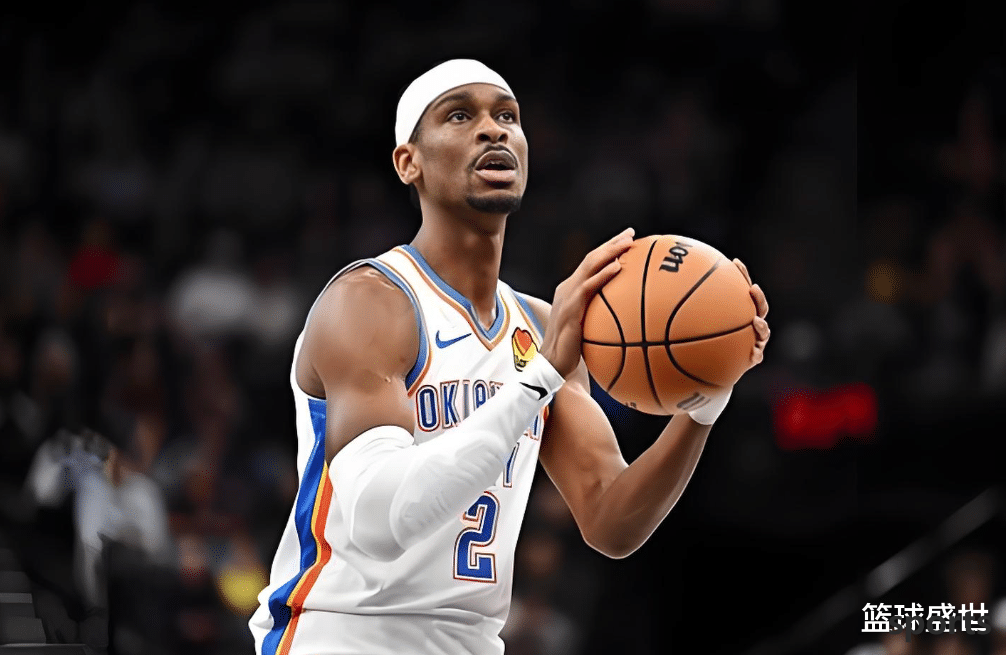
Western Conference Finals G4, in the last 8 seconds of the game, the Timberwolves made a foul tactic, Alexander made one of two free throws, and the Wolves, who were three points behind, got the chance to tie the score. However, Thunder head coach Dagnot directed the player to deliberately foul Naz Reed to execute two free throws. Although he made both free throws, the Thunder still took the lead. Alexander seized the opportunity of two free throws to widen the gap again to three points.
The Timberwolves, who had no timeout, could only launch an attack from the backcourt. Even so, the Thunder still did not leave any chance to the opponent, and implemented the free throw tactics to the end, without giving the opponent a chance to shoot at all, and fouled Edwards in advance. After hitting the first free throw, Edwards chose to deliberately fail to make the second free throw, betting on his teammates fighting for the frontcourt rebounds, but Alexander won the rebound in a mess, and then threw the ball directly to the frontcourt, spending the time, and the Thunder won the thrilling victory.
The three-point lead lets the opponent get two penalty kicks. Such a penalty tactic is the most common tactic that the leading party often uses when holding a three-point advantage in his hand, and is not a special product of a special era. Looking through NBA history, after setting up the three-point line in 1980, the next year in the 1981 season, the Celtics took a three-point lead at the last moment of the Sixers, deliberately fouled Julius Irving and sent him to the free throw line.
Some teams choose penalty tactics when leading three-pointers, and naturally some teams choose not to foul when leading three-pointers. The normal defense allows the opponent to shoot. Although it is quite difficult, there are also unexpected cases. In the 1995 Finals, the Magic faced the Rockets' G1, Kenny Smith made a three-pointer to tie the score at the last moment, and then entered overtime to defeat his opponent; in the first round of the Western Conference in 2015, the Pelicans led the Warriors three-pointer at the last moment, and lost the offensive rebound after defending the opponent's first wave of offense. Then Curry hit a three-pointer to drag the game into overtime, and the Pelicans finally lost in overtime.
There are also recent cases. Last season's Eastern Conference Finals G1, the Pacers had a three-point lead in the countdown stage. The Celtics found Jaylen Brown in the bottom corner with the last attack, and Siakam, who was defending, did not get a chance to make a foul at the first time. In the end, Brown made a three-pointer to tie the game. The Pacers finally lost in overtime and missed the away victory, and were eventually swept out of the series.
For the side leading three-pointers, the worst case under normal circumstances is that the opponent loses the lead by making a three-pointer, but the worst situation in the game is also a draw; and generally speaking, the side tied has time to deploy the last attack, and no matter how bad they are, they still have overtime to play. However, if you choose to send the backside to the free throw line, it means giving the opponent a score directly, which will help the opponent save time. There is even the possibility of failing to score a tactical free throw if you are fouled, or failing to catch the rebound and being overtaken by the opponent.
Coincidentally, among the three teams that are still alive in the playoffs, the Thunder, Pacers and Knicks have all staged such classic cases. In the G1 of the Eastern Conference Finals, the Knicks were chased by the Pacers to a two-point gap in the last moment, and then Towns made one of two free throws and got a three-point lead. Then the Knicks deliberately fouled against Aaron Nesmith, who was very hot on the game, and he finally made both free throws that he lived up to expectations. In the face of the Knicks, it was the Knicks who lost the free throw, and Anunoby made one of two free throws.
Faced with a two-pointer behind, Halliburton took the ball and took the last attack. Unfortunately, he ended up crossing the line with a three-pointer and failed to fully reproduce the historical scenes of the team's senior Reggie Miller.
After entering overtime, the side with a three-point lead became the Pacers. There were still enough 15 seconds left at that time, but the Pacers chose to defend normally, allowing Jaylen Brunson to make a three-pointer. After the shooting was a failure, Hart got an offensive rebound, giving the Knicks a second chance to tie the score. Unfortunately, Towns failed to become the hero who dominated the game.
In the same game, facing the same three-point gap, the two teams chose different defensive strategies and also achieved completely different results.
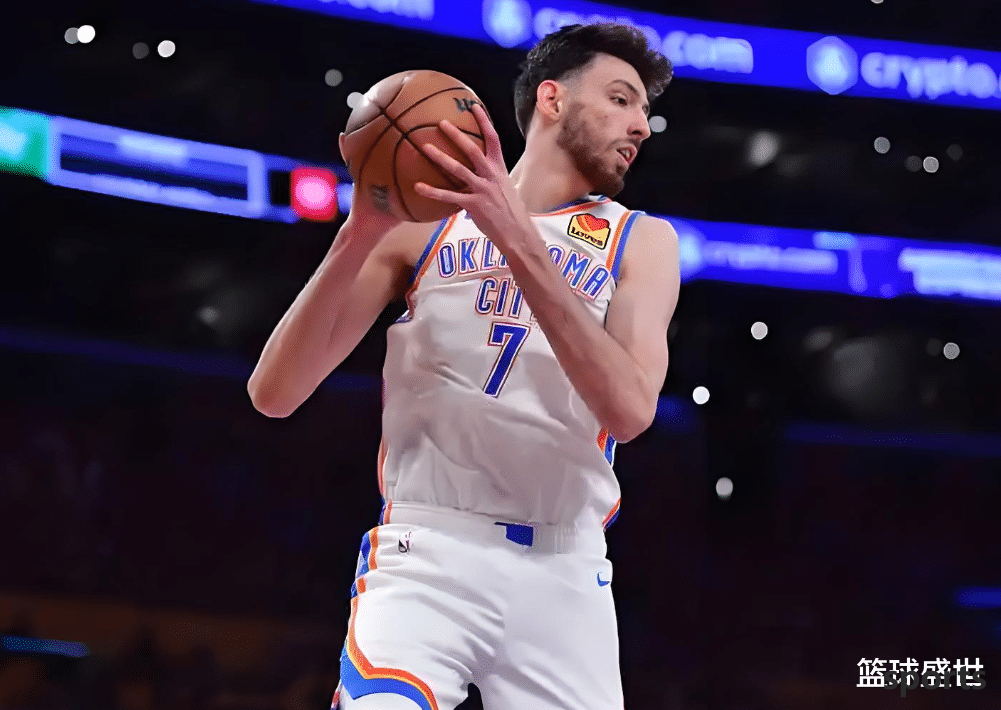
Then came to the Thunder, and the Western Conference semi-finals G1, the Thunder held a three-point lead with 14 seconds left. They first deliberately sent Jokic to the free throw line, and then Alexander dunked to score. But the next choice was a little controversial. The Nuggets chose to serve in the backcourt without a timeout, and there was no Jokic on the field. However, the Thunder coach still chose to make a foul to get the Nuggets to catch up with a point gap in free throws, and also used the last timeout because of serving. As a result, after serving, the Nuggets chose to make a foul to get Homegren's free throw. As a result, the latter failed to make two free throws and was launched by the Nuggets to launch a counterattack fast break, Westbrook assisted Aaron Gordon to score a final three-pointer.
Then came to G4 in the Western Conference Finals. The final score difference between the two teams was only 2 points, and the mutual foul tactics in the final stage of the game also caused quite a lot of discussion. Some fans think that the game has too much advantage and should limit this tactic. Especially from the perspective of the fans, we will certainly want to see a wonderful three-pointer tactic or a wonderful round of defense rather than a boring and monotonous free throw PK.
Of course, there are different voices about penalty tactics. Sports writer John Hollinger said:
"The league needs to stop coaches from using this strategy because they always mess up things and make the favorable situation. I would shout at the TV in the last 20 seconds of each game: What are you doing! ”
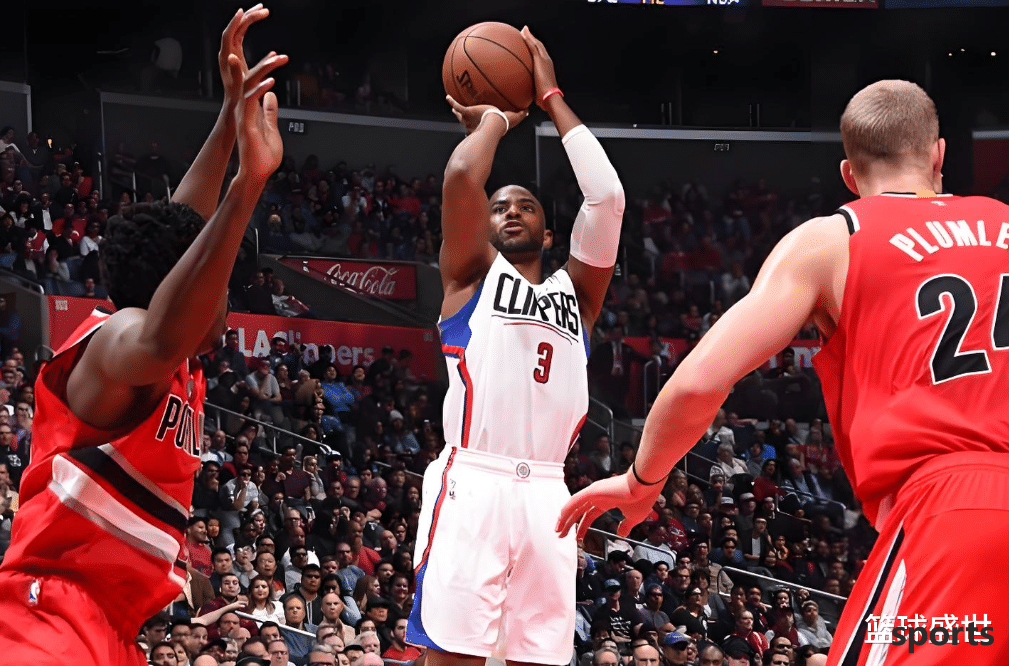
According to Hollinger's understanding, he believes that this strategy should be used when there is not much left in the game, such as Van Gundy emphasized that "there is six seconds left to lead three points before the foul is chosen." However, in the above mentioned case, the Thunder began to foul with 12.2 seconds left in the game, allowing the Nuggets to get three ball opportunities in 10 seconds. Usually, they should only be able to get one. The ball rights rounds increase, which naturally increases the opponent's scoring and their own possibility of making mistakes.
On the other hand, the direct change brought by the player's proactive foul is to delay the rhythm of the game, resulting in a significant negative impact on the overall viewing of the event.
As of now, the Thunder has The big score defeated the Timberwolves to advance to the finals. If the Pacers finally entered the finals, it would be a very interesting round of matchups. Pacers coach Carlisle had a defensive strategy of facing a three-point gap in 2024 and 2025, while the Thunder coach chose to execute a three-point early foul in the Western Conference Semi-Finals and Western Conference Finals one after another. Both of them suffered a penalty defeat and were reversed and lost, but they still insisted on their own strategic choices.
And if the two teams can meet head-on and meet a similar three-point gap in the subsequent finals, how will the two teams choose? This is also a special point worth paying attention to.
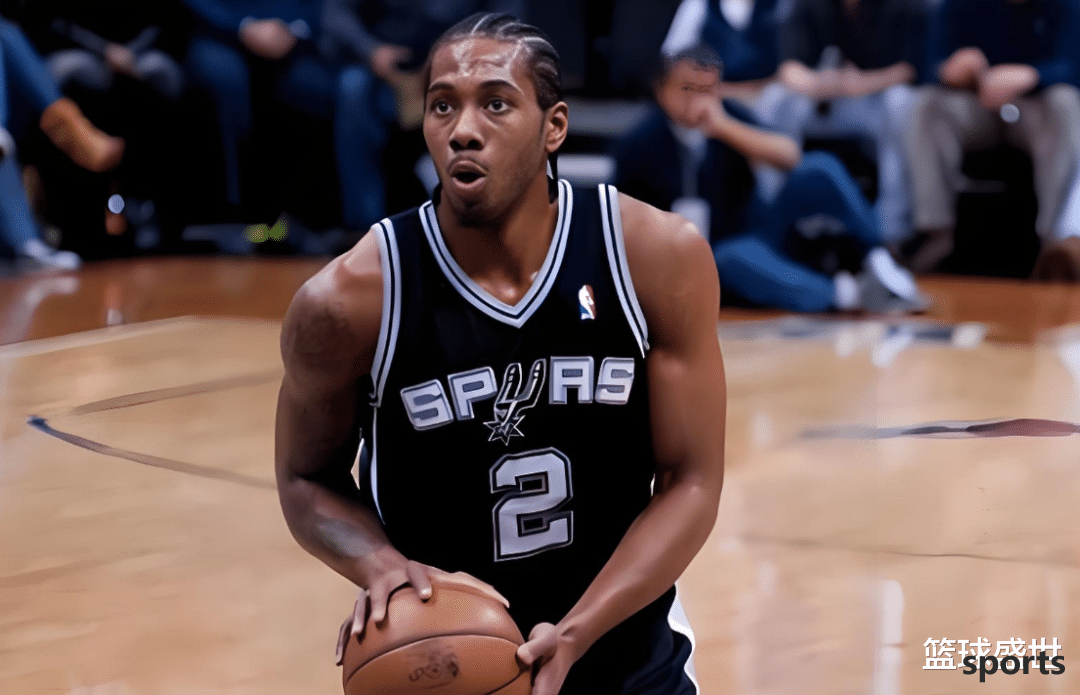
Related Posts
- As expected! Reporters posted netizen prediction votes: 60% successfully predicted that James would not announce his retirement.
- A star who may retire in the NBA in the past five years. Time always says goodbye
- +1! The fourth player this summer goes abroad and joins the overseas league and is expected to become the next Yang Hansen
- Adebayo s girlfriend is too strong: He won 6 consecutive victories with 30+16, breaking the record and becoming the first person in WNBA history
- The Chinese men s basketball team will see a blowout talent in the next Olympics, and Yao Ming s dividends will gradually be reflected!
- NBA Rockets News: Renewal with Tate
- Wiggins takes a family on vacation and earns 250 million yuan. The Lakers want to trade him, and his wife has a good figure
- Heroes cherish each other! Pierce praised Kobe as the second Jordan, saying that defending him is very stressful
- NBA Playoffs: Unexpected 3-1, Kaiyong is in trouble, Nuggets Thunder King Mountain
- Chasing dreams and mocking Dillon was criticized by American netizens! James was caught in a gunfire!
Hot Posts
- As expected! Reporters posted netizen prediction votes: 60% successfully predicted that James would not announce his retirement.
- A star who may retire in the NBA in the past five years. Time always says goodbye
- +1! The fourth player this summer goes abroad and joins the overseas league and is expected to become the next Yang Hansen
- Adebayo s girlfriend is too strong: He won 6 consecutive victories with 30+16, breaking the record and becoming the first person in WNBA history
Recommend
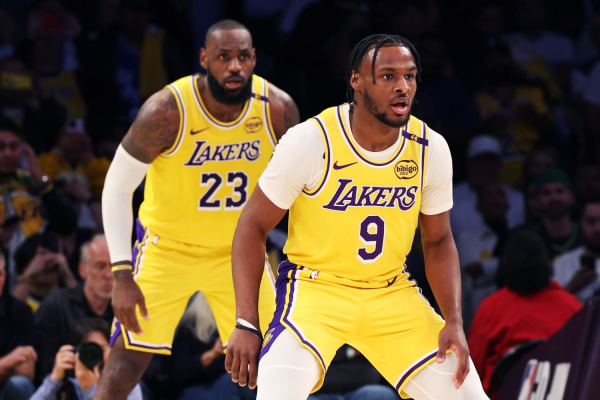
Will Brownie enter the Lakers rotation next season? Executive: Do two things to play 10-15 minutes per game

A certain scout: Unless Doncic plays without the ball, you have to give him a basket-type center and 3D wing

2K mid-range shot value caused controversy! The Clippers official laughed at the small card. Fans: Durant is not the god of mid-range shot

One or two of Ka and Harden may leave the team? Frank: I haven t thought about this problem

Perkins: Irving regards Kobe as his brother and doesn t want to get close to James. James is like his brother and younger brother

22-year-old Smith, the Rockets’ next Durant?
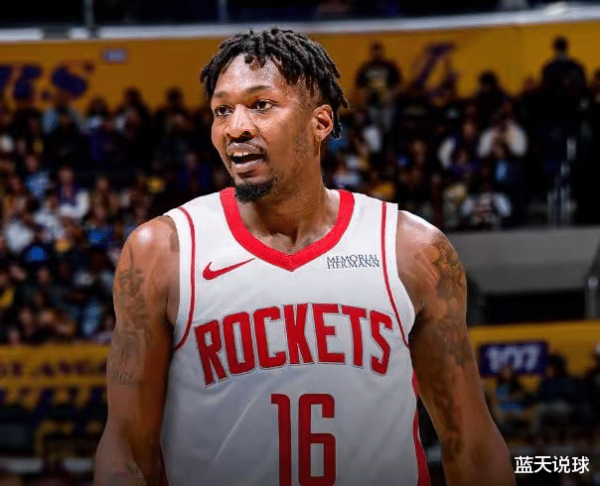
The Rockets substitute list in the new season is released! The forwards have a huge ability to compete, and they have averaged 60+ rebounds per game?
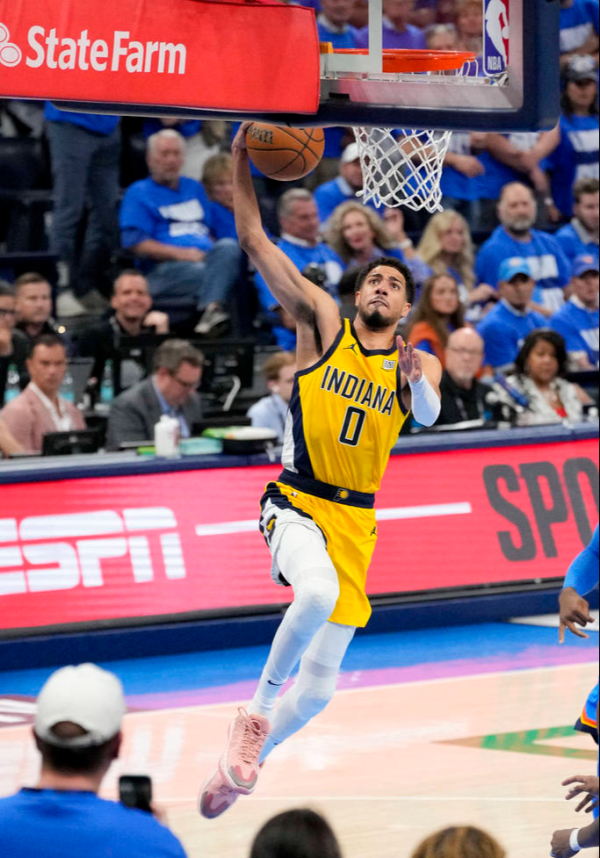
Halliburton Injury Crisis: Can Pacers turn the tables against the wind?